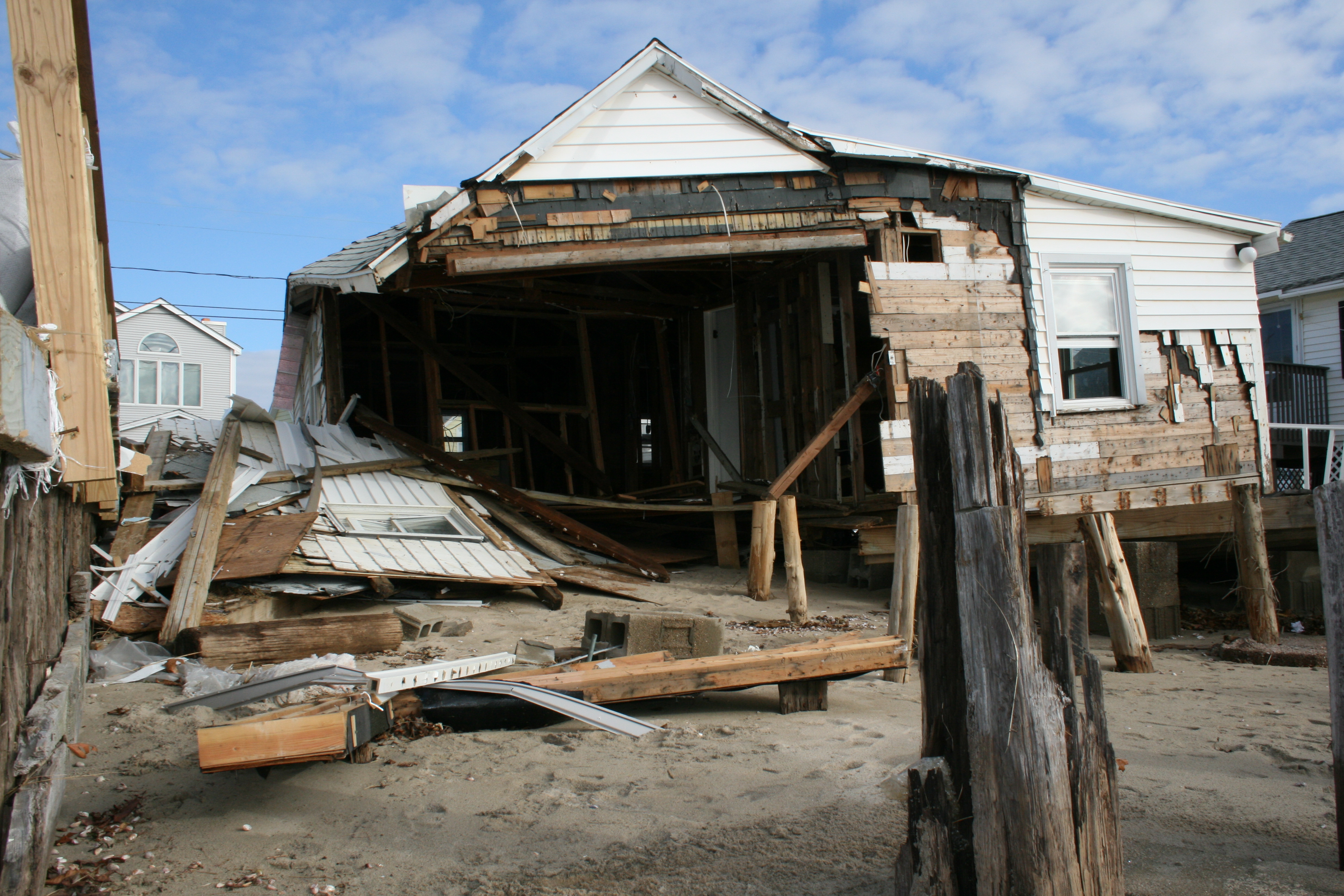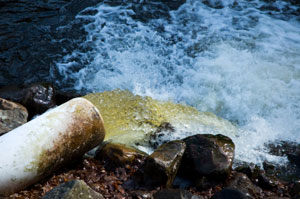Over the past few weeks, we’ve been hearing about the approaching “sequester,” the $85 billion in spending cuts scheduled to occur on March 1, 2013. Sequestration is part of the Budget Control Act of 2011. The cuts are expected to total $1.2 trillion over the next decade, beginning this year and ending in 2021.
The sequester means cuts to everything from military spending (excluding spending on wars), public health, education, to the environment.
According to the Connecticut Post, it is estimated that “Connecticut would lose more than $50 million in federal funding this year for education, job training, public health, law enforcement, environmental protection, and assistance for its youngest and oldest citizens if Congress and President Barack Obama cannot forge a budget deal by March 1…”
The proposed cuts to environmental programs in Connecticut and nationally would be detrimental to our natural resources. In Connecticut, it is estimated that there would be $2 million in cuts to clean water and air funding plus an additional $398,000 from fish and wildlife protection.
Nationally, the cuts could be extremely damaging.
The Natural Resources Defense Council states that sequestration would reduce funding levels for the EPA to their lowest levels since the 1980s. Additionally, there would be great impacts to wildlife refuges, clean water, and renewable energy. Below are some of the impacts sequestration would have on our environment:
- NATIONAL WILDLIFE REFUGE PROGRAM: Sequestration would cause closure of some national parks and wildlife refuges, severely impacting the nearly $650 billion annual economic contribution generated by outdoor recreation. According to the Cooperative Alliance for Refuge Enhancement, sequestration would cut the refuge system’s budget by nearly 10 percent. When coupled with an additional annual appropriation cut, the overall impact could be as much as 20 percent. As a state with a national wildlife refuge, the Stewart B. McKinney National Wildlife Refuge, this is extremely concerning.

Credit: Greg Thompson/USFWS
- CLEAN WATER FUNDING: Sequestration would cut EPA’s Clean Water State Revolving Fund, a critical tool for addressing pollution from our sewage systems and stormwater runoff. However, this is also an important tool for the economy; it is estimated that the program has created between 1.4 and 2 million jobs nationally since 1988. Cutting the Clean Water State Revolving Fund would undermine needed investment in our public water infrastructure, cost thousands of jobs, and harm our aquaculture and tourism industries.
- NOAA FUNDING: Reducing the National Oceanic and Atmospheric Administration’s budget would hurt its coastal and ocean programs that benefit Connecticut’s shoreline and Long Island Sound. Specifically, sequestration would:
- Reduce Coastal Zone Management Program projects that support activities in 34 coastal states and territories;
- Impact local businesses that depend on health coastal resources;
- Reduce coastal habitat programs and prevent the acquisition of natural areas for conservation, preservation, and restoration; and
- Decrease population recovery activities for federally endangered and threatened species.
- CLIMATE CHANGE AND DISASTERS: Sequestration cuts would hamper efforts to deal with recovery from storms, sea-level rise, water quality improvement and environmental restoration after oil spills and other disasters. Additionally, FEMA would endure cutbacks, reducing funding for state and local grants that support positions that help to respond to natural disasters like Hurricane Sandy.

- RENEWABLE ENERGY: Sequestration would result in an automatic cut of nearly 10 percent to federal energy and innovation programs. It is estimated that there would be a $148 million cut to the Department of Energy’s Energy Efficiency and Renewable Energy Program. These cuts would hinder the creation of new technologies in wind, solar, and biofuels.
- TRANSPORTATION: Sequestration would also result in cuts to the Department of Transportation’s New Starts Program as well as to Amtrak and other passenger rail programs. These cuts, combined with the current state of transportation funding, would make it even more difficult to secure federal transit funding for new projects in the future.
Sequestration, if and when it occurs, will hit many aspects of American life hard. We need to be prepared for negative impacts to our environment and begin planning new ways to safeguard our natural resources.
You can read more about sequestration and potential environmental impacts here.
Posted by Rebecca Kaplan, director of communications for CFE/Save the Sound

